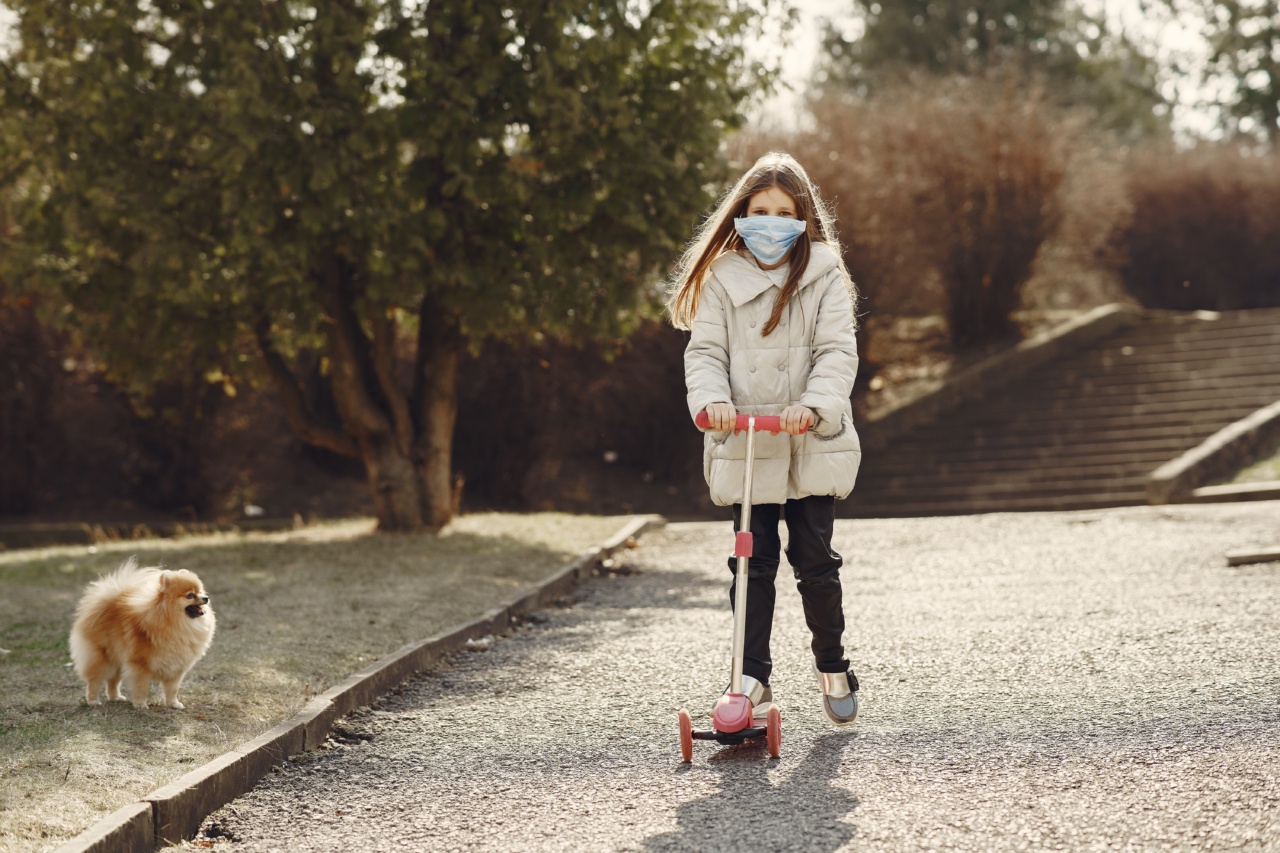Dog rides can be a fun and engaging activity for both you and your furry friend. Whether you’re taking your dog for a leisurely walk or embarking on an adventurous hike, it’s important to prioritize safety at all times.
In this article, we will discuss various tips and tricks that can help you avoid risky situations while enjoying a dog ride.
1. Train Your Dog
Prior to going on any dog ride, it is crucial to ensure that your dog has undergone basic obedience training.
Commands such as “sit,” “stay,” and “leave it” are essential for controlling your dog’s behavior during the ride. This training not only enhances safety but also improves the overall experience for both of you.
2. Use a Sturdy Leash and Harness
Investing in a high-quality leash and harness is vital when it comes to the safety of your dog. Opt for a leash made of durable materials that can withstand the strength and energy of your dog.
A harness, rather than a collar, provides better control and prevents harm to your dog’s neck if they pull or dart suddenly.
3. Plan Your Route
Before setting out on a dog ride, it’s essential to plan your route carefully. Research the area you intend to explore, looking for dog-friendly paths and trails.
Ensure that your chosen route is suitable for your dog’s fitness level and take note of any potential hazards or restrictions that may exist.
4. Carry Essential Supplies
Always be prepared for unexpected situations by carrying essential supplies on your dog rides. These supplies may include poop bags, water, a collapsible bowl, a basic first aid kit, and treats.
By having these items readily available, you can address minor injuries, keep your dog hydrated, and clean up after them, promoting both their safety and comfort.
5. Stay Hydrated
Just like humans, dogs require adequate hydration, especially during physical activity. Make sure to carry enough water for both you and your dog.
Keep an eye on your furry friend’s water intake and offer them water regularly, even if they don’t show obvious signs of thirst. Staying hydrated is crucial for preventing heatstroke and maintaining their overall well-being.
6. Be Aware of the Weather
Before heading out on your dog ride, check the weather forecast. Extreme temperatures, intense sunlight, or severe weather conditions can pose risks to both you and your dog.
Avoid going on rides during the hottest hours of the day in the summertime and be cautious of icy or slippery surfaces during winter months.
7. Watch Out for Hazards
When on a dog ride, potential hazards can be lurking just around the corner. Be vigilant and keep an eye out for sharp objects, toxic plants, or other animals that may pose a threat.
Additionally, be cautious of busy roads, crowded places, and unfamiliar dogs. By identifying and avoiding these hazards, you can ensure a safer experience for your canine companion.
8. Take Breaks
During longer dog rides, it’s important to take regular breaks to give your dog some much-needed rest. Dogs can easily become fatigued, especially if they are not accustomed to extended physical activity.
Allow your dog to rest in shaded areas, provide them with water, and monitor their behavior for any signs of exhaustion or discomfort.
9. Use Positive Reinforcement
Using positive reinforcement techniques can greatly enhance your dog’s behavior during a ride.
Reward your furry friend with treats, verbal praise, or playtime whenever they exhibit good behavior, such as walking calmly by your side or obeying commands promptly. This positive reinforcement helps reinforce desired behaviors and encourages your dog to continue following instructions.
10. Respect Your Dog’s Limits
Finally, it’s crucial to respect your dog’s limits and capabilities. Not all dogs have the same endurance or physical abilities. Pay attention to signs of fatigue, such as excessive panting, lagging behind, or slowing down.
Pushing your dog beyond their limits can lead to injuries or health issues. If you notice any signs of distress or discomfort, it’s best to cut your ride short and seek veterinary advice if necessary.
Conclusion
By following these tips and tricks, you can ensure the safety of both you and your dog during a ride.
Remember to provide your dog with appropriate training, use a sturdy leash and harness, plan your route, carry essential supplies, stay hydrated, be aware of the weather, watch out for hazards, take regular breaks, use positive reinforcement, and respect your dog’s limits. With these precautions in place, you can enjoy many safe and enjoyable dog rides together.






























